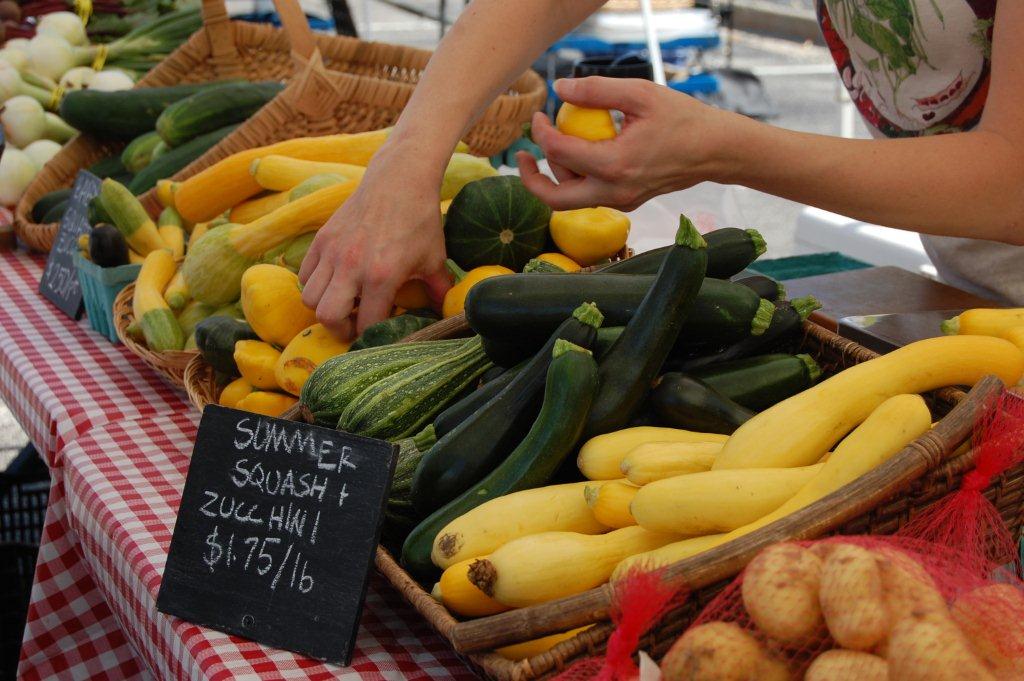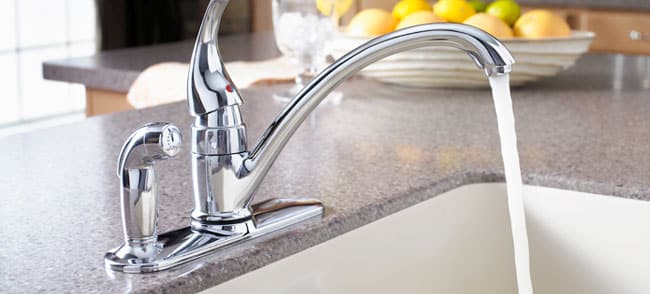Our planet functions as our home, and it’s up to us to determine if we want to live in a clean or a dirty house. Within the last 10 years, there has been an explosive trend towards going green and being sustainable. As this movement continues to expand it’s popularity, the two ideologies, which were originally lumped under the umbrella of environmentally friendly, have recently shown BIG differences.
Going green doesn’t imply sustainability, rather the notion of green is more or less a commercial campaign to buy new, and not necessarily energy efficient products. Sustainability on the other hand, is the use or production of a material that does not disrupt or damage its surrounding area, pollute the air, or permanently reduce the supply of resources.
Here’s a simple break down to illustrate this point…
Hybrid Cars vs. Bicycles
Although we’ve been taught to think hybrid cars are reducing our carbon footprint, think again. This green mode of transportation uses oil-based fuels, costly resources, and has batteries and other parts that are toxic to the environment when disposed. In addition, the amount of coal based energy it takes to charge the car outweighs the amount of damage of normal burning fossil fuels. In essence, hybrid or fully electric cars are not contributing to the practice of sustainability, instead, they are part of the green commercial movement.
Conversely, bicycles are sustainable because they do not emit ANY greenhouse gases and are powered by personal energy. They take up less space, are recyclable, cost efficient, and provide an excellent source of exercise. Research shows that communities who encourage bicycling, notice a rise in public health, air quality, resident connectivity, property value, more business and tourism, and less fuel expense.
The differences are astronomical in comparison, and although green products do provide a slightly better alternative to certain products and functions, sustainability focuses on the most efficient use of energy and elimination of waste.
Here are some simple ways you can incorporate sustainability into your personal lifestyle without having to buy new products:
1. Reduce your light usage: turning off lights when you are not in the room will not only save you money, it also conserves energy. Regardless of whether you are using a green light bulb or not, the reduction of leaving lights on is a sustainable practice.
2. Turn off the water: when brushing your teeth or doing the dishes, we tend to step away from the sink while the water is still running. Becoming more conscious of when you’re not using water will help to reduce your water bill, as well as, contribute to a sustainable lifestyle.
3. Drive less: using alternative modes of transportation will help reduce your carbon footprint along with your fuel expense. Walking, biking, or using public transportation will increase your physical activity along with allowing you to explore more of your community. Additionally, more companies are encouraging employees to telecommute which promotes the reduction of drivers on the road.
4. Recycle: not that this is big news for anyone 18-35, but becoming more conscious of it is essential to living sustainably. Almost everything can be recycled – paper, plastic, aluminum, glass, metal, wood, clothing, etc. – beside throwing things in the recycle bin, reusing items is also a great way of recycling. Instead of buying disposable products, consider alternatives that can be reused a number of times over many years.

…Remember, just because a product claims to be green does not mean that it was sustainably produced. In order to proactively live a sustainable lifestyle, consider how your everyday routines and products are affecting your natural surroundings, pocket book, and wellbeing.


